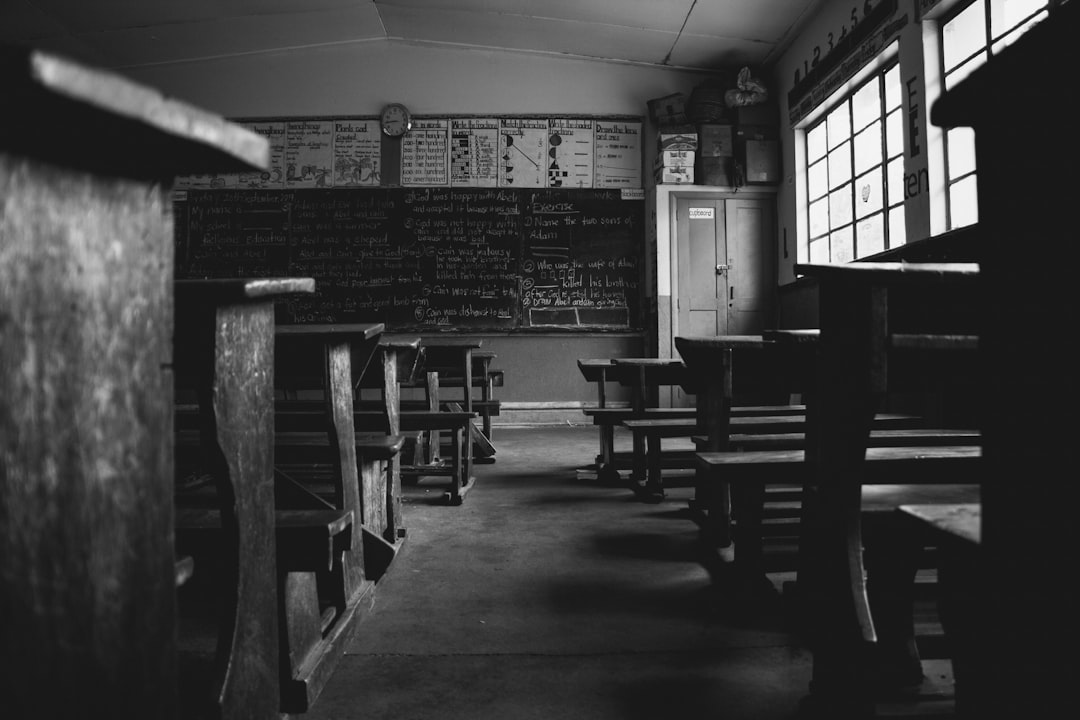In 1959 Indigenous Leaders Wished To Expand The Indian Residential School System
And the Federal Government Rejected Their Request

Researcher Nina Green has uncovered records from 1959 that show indigenous leaders wanted to expand the Indian Residential School system and have at least two more schools built - contradicting claims by indigenous activists that IRS' were designed for the purpose of genocide.
Historian John S. Milloy’s 1999 book A National Crime: The Canadian Government and the Residential School System mentions a meeting of the Catholic Indian League of Alberta that took place in 1959 in which a request for the construction of two new schools was requested by indigenous leaders, but later rejected by the federal government. This is not the story Canadians are used to hearing about the history of residential schools.
Yesterday, Nina Green forwarded me a 1959 issue of a Winnipeg publication called the Indian Record (see attached PDF below). The front page story, featuring a large group photo taken in front of the Ermineskin Residential School, of members of the Catholic Indian League of Alberta, features the title - Indian League Urges Vocational Schools.
“The need for more vocational schools in the province and the urgent need for a central all-Indian trade school in Alberta was stressed recently at a convention here attended by 100 Catholic Indians from all parts of the province.” -From the Indian Record 1959
The charge today, is that IRS’ were designed by the federal government and the Catholic church to intentionally commit cultural genocide. But if that were the case, why would one hundred indigenous leaders in a single province want to expand a system, supposedly so hostile to their own interests?
Another line in the Indian Record piece that caught my eye:
“Indians present voted unanimously to claim the education of their children at all levels, including high-school, in all-Indian schools on the Indian reservation. It was generally felt that the so-called integration policy which consists in sending Indians to non-Indian schools was premature…It was asserted that this integration, to be successful, requires four conditions.”
The conditions are laid out as follows 1) Both indigenous and non-indigenous must opt-in. 2) Non-indigenous teachers must be willing and able to work with indigenous students 3) The rights of parents must be respected at all times 4) That the socio-economic status of the indigenous be equal or close, to that of non-indigenous people.
Once again these puzzle pieces seem to be assembling an image that does not resemble the one currently projected onto indigenous and non-indigenous Canadians. The description on Amazon for Milloy's book contains the following quote referring to the Indian Residential School (IRS) system:
"In the early decades, the system grew without planning or restraint. Despite numerous critical commissions and reports, it persisted into the 1970s, when it transformed itself into a social welfare system without improving conditions for its thousands of wards."
The IRS system transformed itself into a child welfare system? Spontaneously? For what reason? Could it be because they were dealing with marginalized people who were somewhat resistant to integration, and living in increasingly squalid, unsafe and unhealthy conditions?
In an conversation with retired Manitoba judge and columnist Brian Giesbrecht, I asked what his thoughts were regarding Milloy’s point about IRS’ being used for child welfare purposes:
“I don’t think Milloy is right about the IRS system transforming itself into a social welfare system in the 1970s. I think that process began long before. I believe that the use of IRS for neglected children was necessary because of the rapid deterioration on reserves beginning in the 1950s when binge drinking became a major social problem. The federal government saw what was going on and tried to respond to it by enlisting the provinces to apprehend children. (This produced the 60s Scoop). But the need was so great that IRS were used in addition to child welfare apprehensions. All of this is still going on today. Perhaps 90% of the children in Manitoba’s child welfare system are indigenous despite the fact that indigenous people make up 10% of the problem. The jail statistics are almost as bad. Indigenous leaders and all politicians have no answers for this appalling dysfunction within indigenous communities, so blame residential schools instead of trying to deal honestly with the massive problem.”
To finish off today’s post, let me leave the reader with one final point. The appalling dysfunction and desperate conditions described by Brian are not consistent with what the majority of Canadians experience in day-to-day life. Some reserves are extremely remote and cut-off from services and economic activity, and the people in them experience disproportionately high levels of fetal alcohol syndrome, violence and sexual abuse. What kind of education are kids living in these places receiving? And why are we so obsessed with former IRS students, when the tragedy is happening right now on reserves?
Indigenous activists and the neo-tribal elites of the Aboriginal Industry have been using the desperation on reserves as a means to extract government aid. The privileged indigenous elites who manage the funds, demand that there be no over-sight, nor accountability. They appear to be siphoning off proceeds meant to help poor indigenous people. This has been going on for years as conditions on reserves get worse. Matters have become dire and there’s little hope things will get any better. This continuation of desperation is not a situation the activists and neo-tribal elites are likely to reverse, as it is not in their interests to solve these problems. The Aboriginal Industry benefits when problems, and the processes involved with proposed solutions, are prolonged and on-going.




The aboriginal 'industry' we now face was never built for the welfare of anyone but itself and its hangers-on.
And the reason this happened was that its regime driven deregulatory and accountability privatizing management was always going to be a chaotic catastrophe for people who had very little existential fat in the system to carry them over the predatory effects of indulgence on social behavior and moral boundaries, as disciplined rules-based behavior got systematically edged out.
This created a huge regime management problem, which was how to divert attention from its own incompetence and malfeasance.
And the logical answer was policy driven by virtue signaling color and movement combined with relentless blame shifting and ideological assault on its predecessors, who would be systematically destroyed by the people who controlled the information data flows and distribution systems, while the supposed beneficiaries of all this activity quietly moldered in the valley of the shadow of existential destruction, made worse by greasing the sides of the cliff with quasi-religious sanctimony and a degree of slippery hypocrisy never before achieved.
Powerful evidence that the hysteria about the evils of residential schools is recent and concocted.